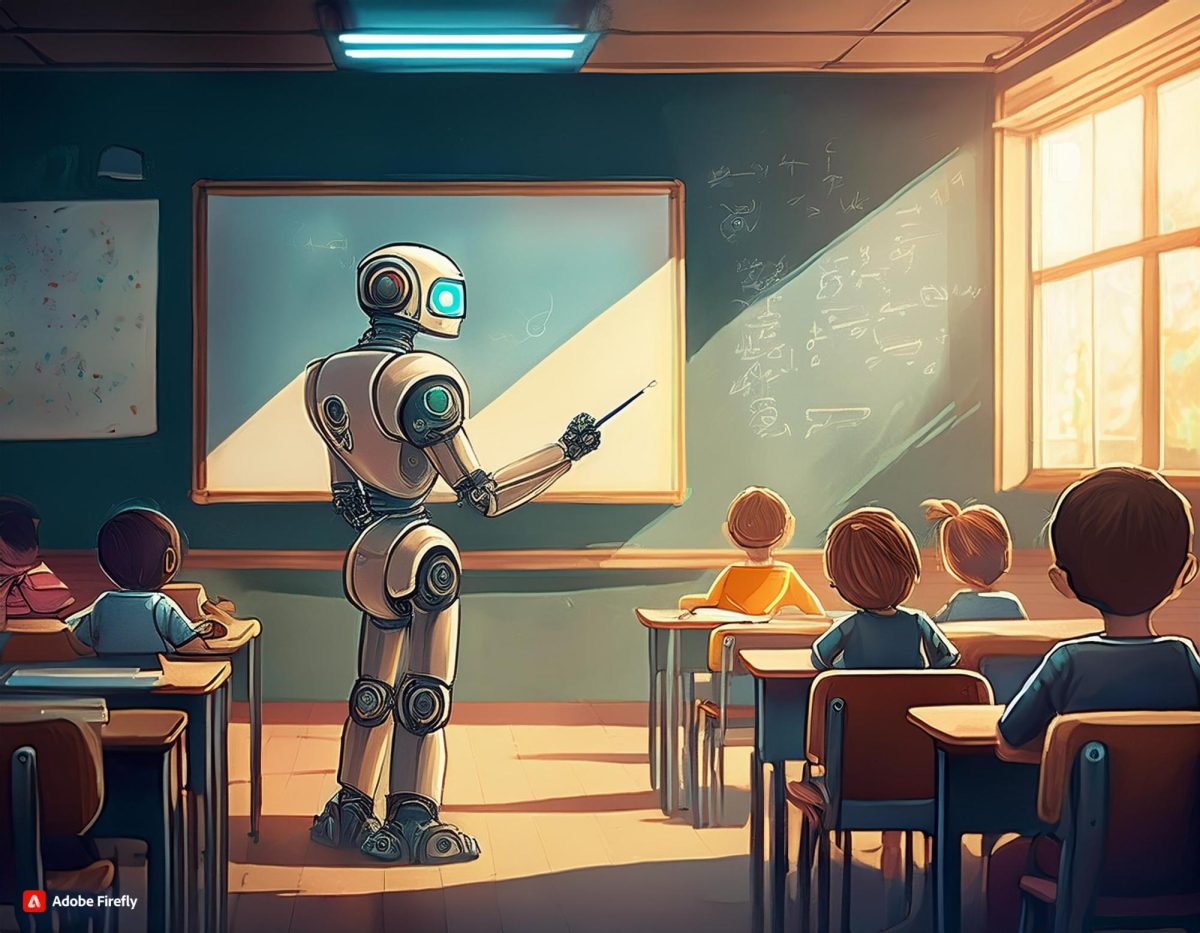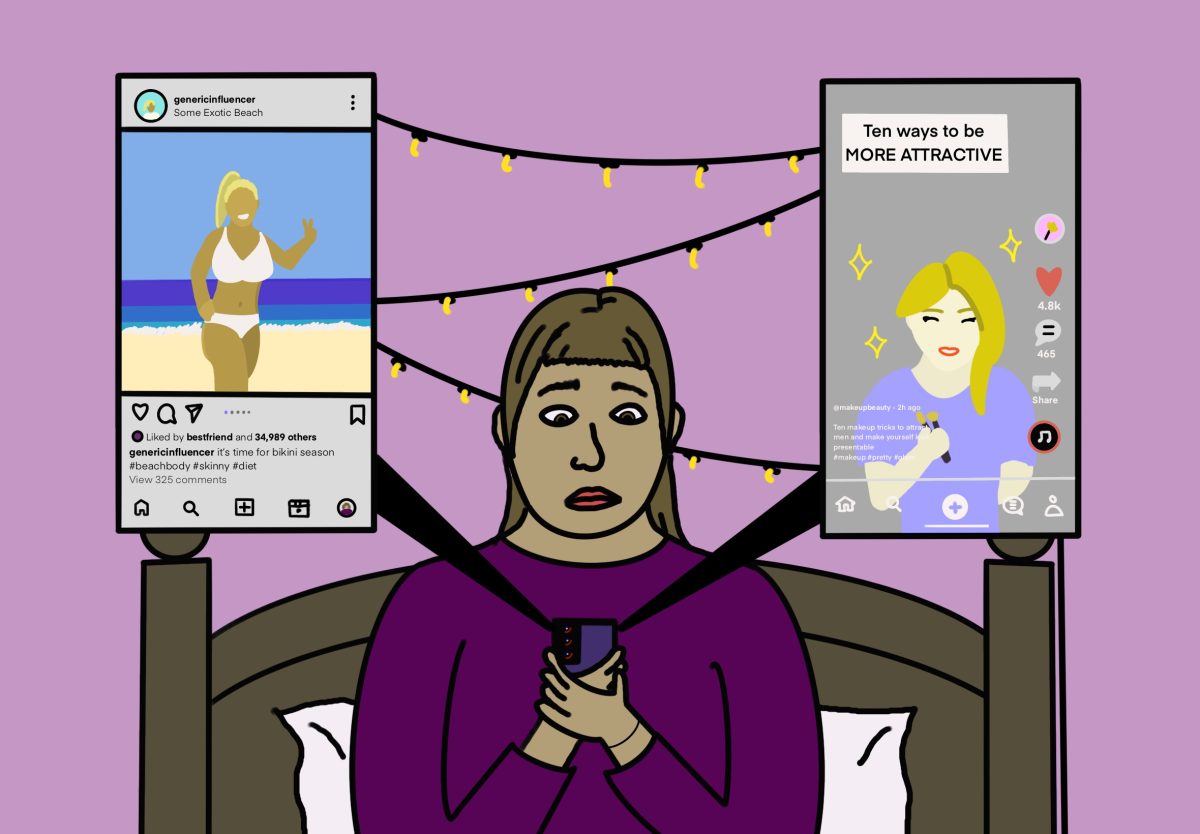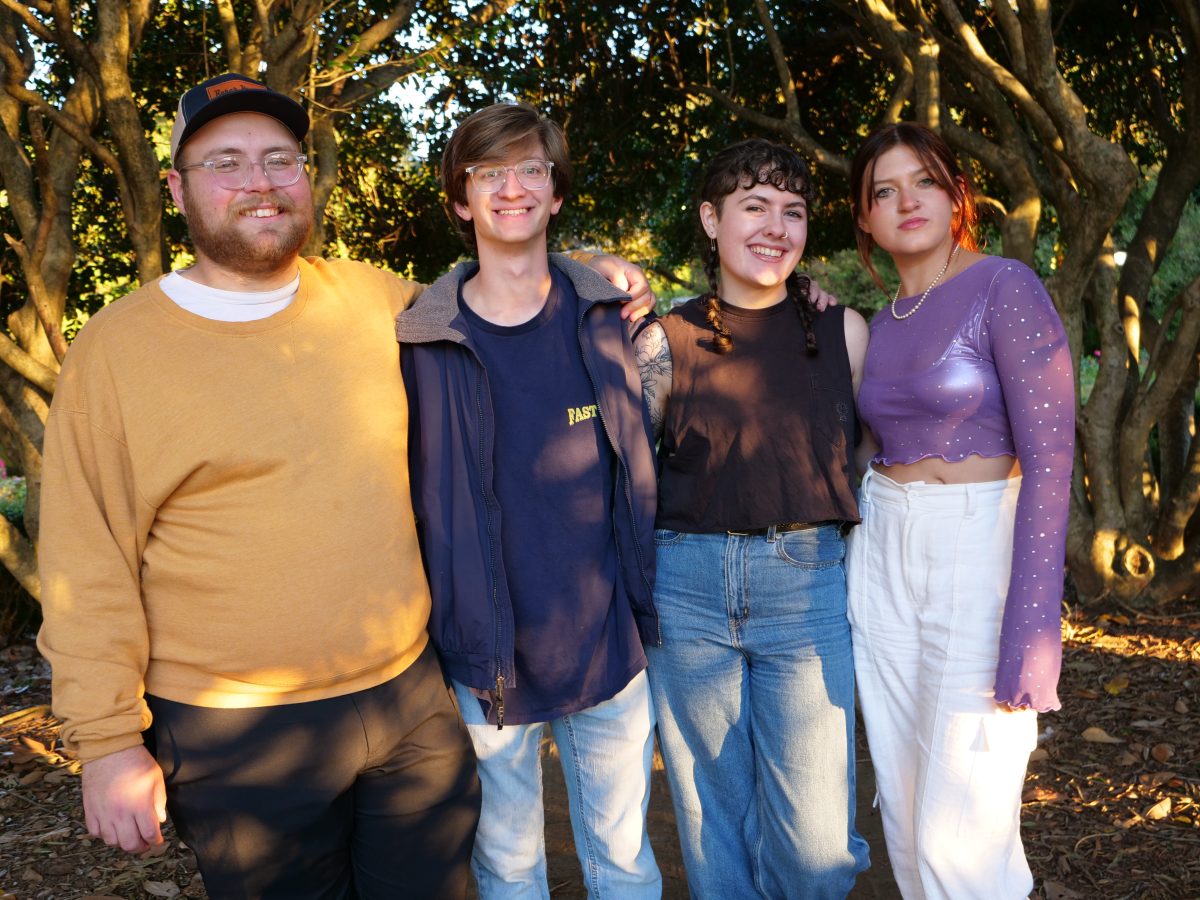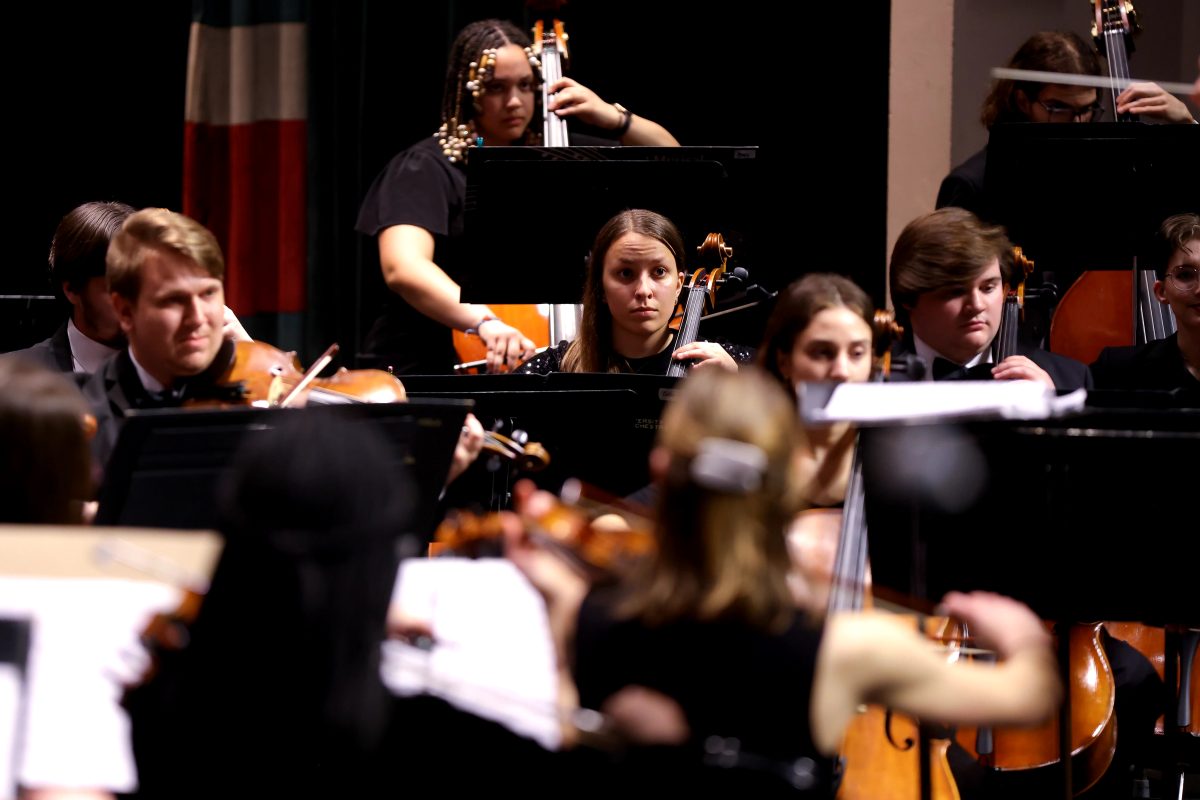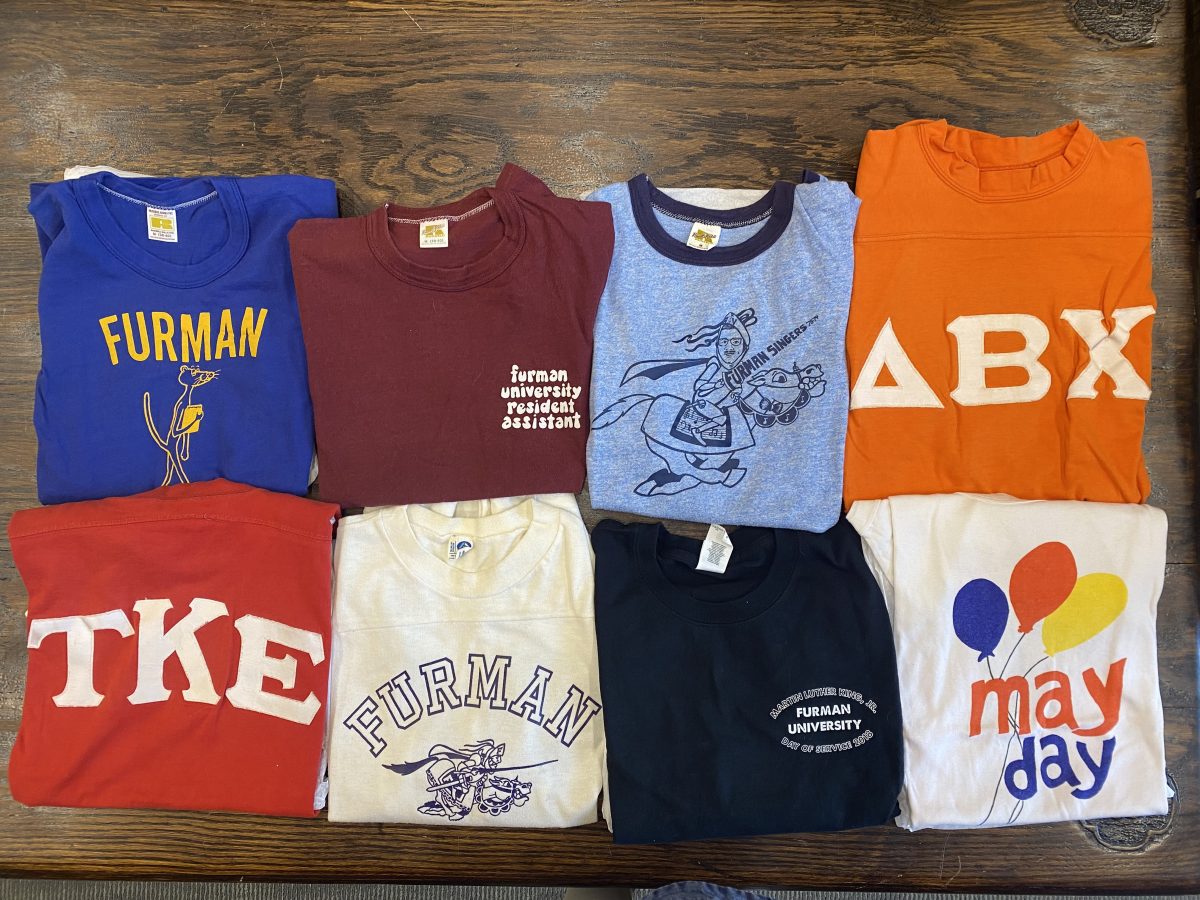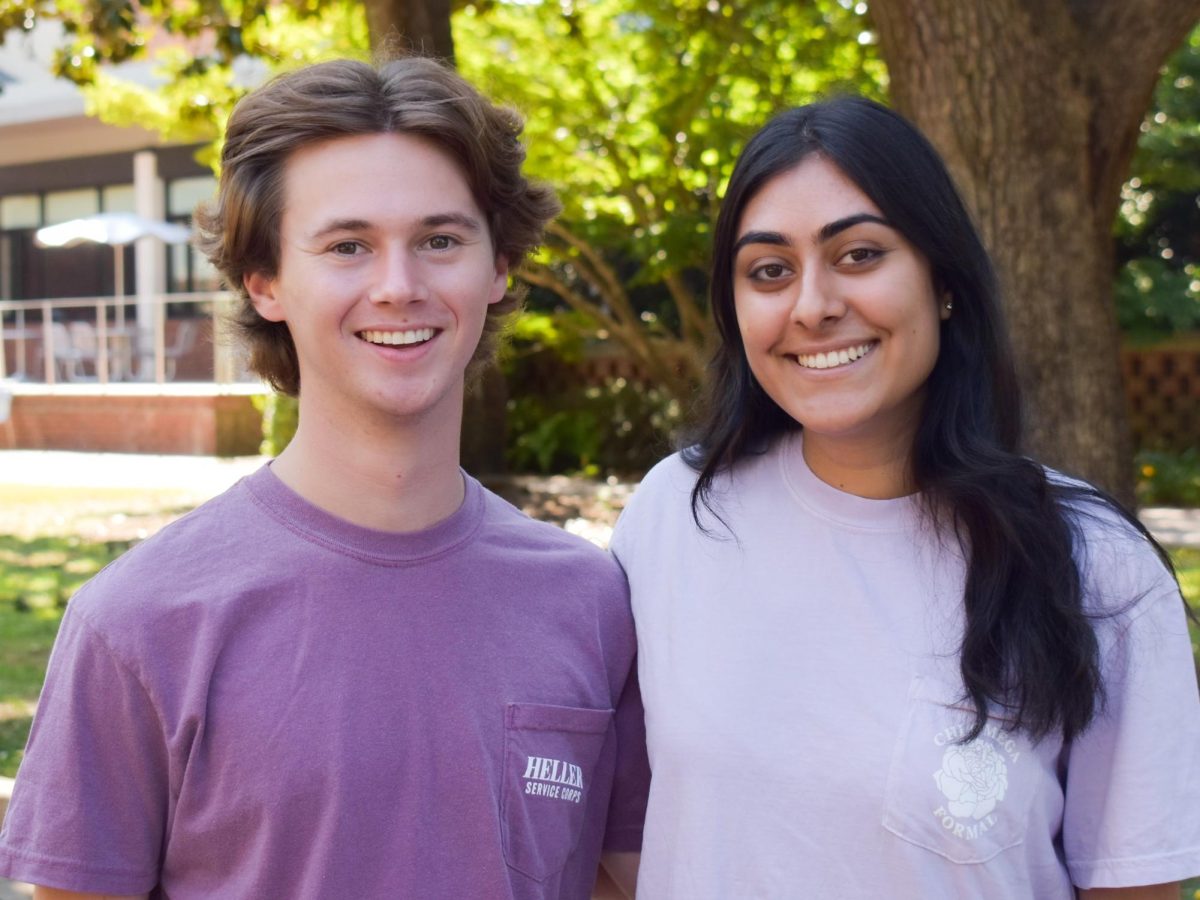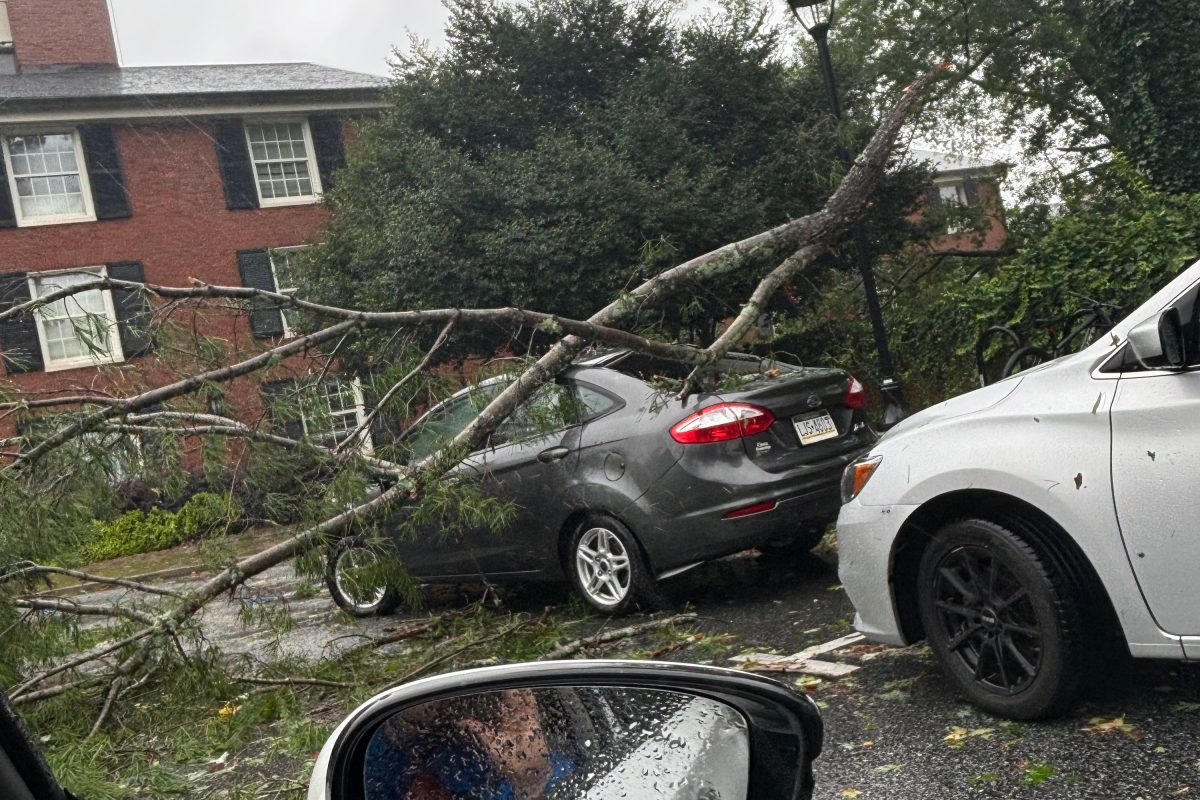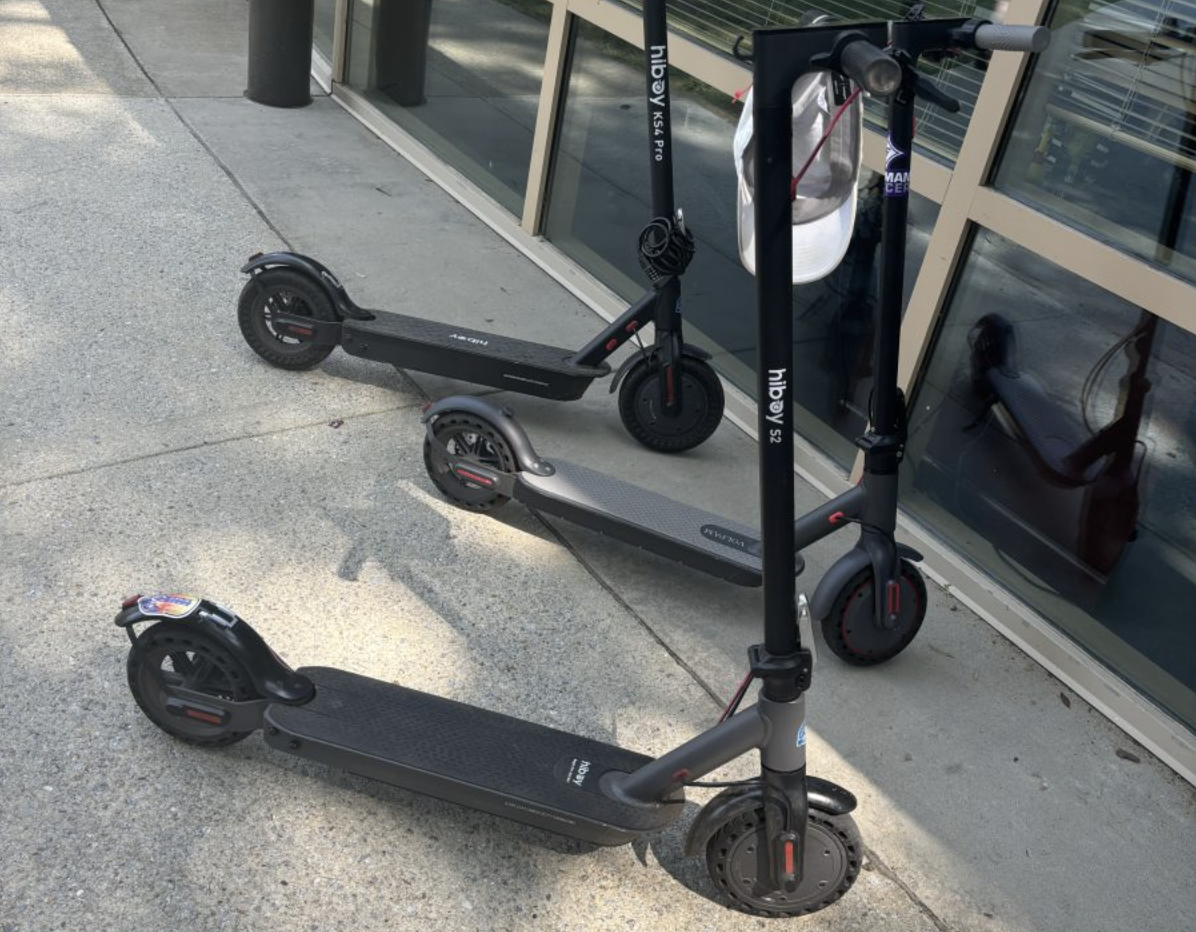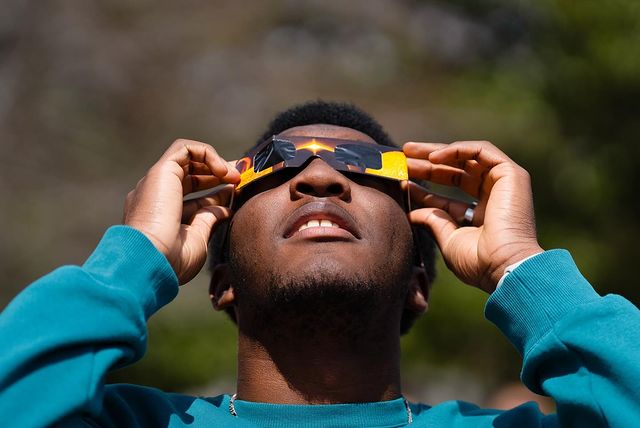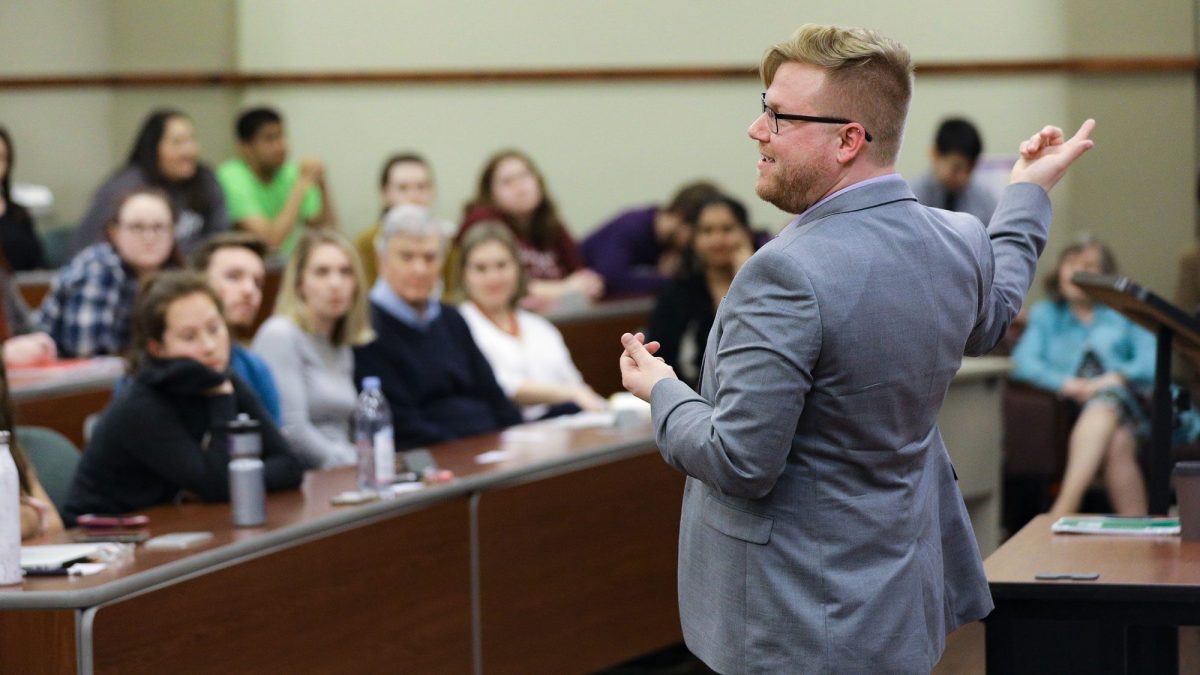Last month, The Paladin published an article by Gracie Moore about how GERs in STEM-subjects can better explore critical thinking and problem solving to make them more accessible and applicable for students not studying STEM disciplines. I agree with Moore that improving accessibility of the sciences is incredibly important, and I think it goes beyond these skills of critical thinking: no student of the liberal arts can ever be far from the sciences.
I’ve studied three majors at Furman – computer science, politics, and religion – covering the three categories of STEM, social science, and humanities. Despite their apparent disparateness, I’ve found no shortage of intersections between these fields. I’ve used coding to analyze electoral results, studied political impacts from religious movements, and applied theology to debates of AI ethics. Time and time again, Furman has reinforced that these subjects couldn’t be more closely linked.
We tend to departmentalize modern academia – separating philosophers from psychologists and statisticians from sociologists with oft-literal walls. This can make us think of subjects as firmly divided, despite the fact that expertise in any subject inevitably requires one to pull from every domain.
Archaeology wouldn’t be as capable without radiometric dating, responses to climate change are untenable without understanding political and sociological structures, and debating the originality of biblical texts requires using information theory from mathematics. The world is not neatly separated into subjects that perfectly encapsulate the answers to our questions. Studying the liberal arts necessitates acknowledging and exploring this reality from the moment we arrive on campus.
Part of acting on this reality is making classes on campus more accessible to students whose preferences lie elsewhere; any benefits of the liberal arts are lost when students cannot understand them. To ensure this, accessibility is something that should be actively pursued, like Furman is currently doing with the pilot STEM Consultants program.
STEM isn’t the only place where students may feel daunted by extra-disciplinary classes in which they have little expertise. One example of beneficial innovation is Dr. Buket Oztas in the politics department, who inverts the structure of her classes; students do readings outside of class, ask questions for homework, and she builds her lectures around their questions. As Dr. Oztas notes, required courses like GERs often draw “students or non-majors with little knowledge of (or interest in) the subject matter.” By building lectures around the connections that students draw, her teaching makes the field relevant to students’ self-expressed interests and needs.
Central to recognizing these connections is an engaged attitude from the student body towards their GERs. STEM subjects can be niche or technical, but understanding their offered possibilities allows us to imagine how we might apply them within our subjects. When we are aware of the tools developed by experts in other fields, we are better equipped to use the best-suited techniques when answering our questions.
Community members at Furman regularly combine sciences and humanities in new and unexpected ways. Students and professors have discovered books in our archives bound with arsenic-laden covers, acted in plays exploring mathematical genius and madness, and built online records to compare different manuscripts of Homer. The secret of the “rivalry” between STEM and non-STEM is that it doesn’t exist; each discipline improves our ability to understand the others, and gives us new angles by which we can approach old questions.
Furman recognizes this with the interdisciplinary minor programs; all our minors are designed to require cross-disciplinary investigation. This makes them incredibly effective at combining information from across traditional divisions on campus, especially the sciences-humanities divide. Take the data analytics minor; not even three years into its existence, over a hundred students have declared it because of the sheer number of disciplines to which it is applicable, ranging from business to environmental science to physics.
STEM has a great capacity to improve our reasoning. However, we shouldn’t forget that having a cross-disciplinary education is essential to mastering our own fields. Often, students may believe that studying other fields is pointless for their goals, but taking these classes builds the knowledge required to find connections within the subjects we care deeply about. That, ultimately, seems to be the purpose of the liberal arts education we are all here to receive.
I think Moore captures something important when she writes that “interdisciplinary study has little benefit without interdisciplinary application.” While Furman’s GERs give a framework for pushing students to study other disciplines, the liberal arts shine brightest when students, professors, and administrators actively intertwine them. To the extent that there exists a Furman Advantage, I think it is this: there is knowledge waiting out there, missed when investigators fail to integrate other fields into their own, and few places in the world are as primed to prepare students to break those boundaries as Furman University.


